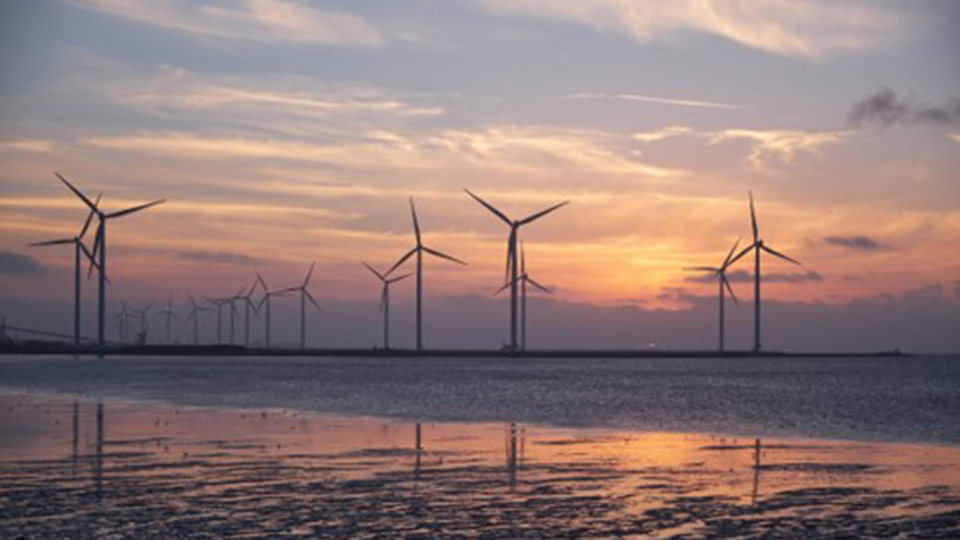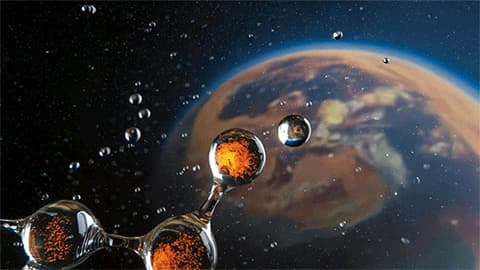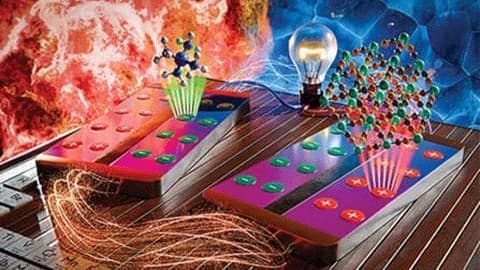Switched capacitor converters for HVDC applications

To enable increased off-shore wind generation, lower-cost and higher power-density power electronic converters are needed.
Our Aim
DC-DC converters can be used at off-shore wind-farms to step the voltage up from the turbine to the high voltages needed for efficient transmission back to shore. This converter is located on a so-called offshore “collector” platform, where converter size and weight are severely constrained by the cost of platform “real estate”. This research looks at so-called switched capacitor (SC) converters, which offer a more power-dense alternative to existing inductor based technology. By reducing cost, the research allows a higher penetration of renewable generation into the electricity grid, paving the way for a more widespread use of clean sustainable energy.
Our Research
Due to their cellular topology, SC converters can be synthesised in many different ways. This research looked at the suitability of existing SC circuits for HVDC applications as well as devising a method for automatically synthesising new SC topologies given a particular specification. The auto-synthesis was developed in MATLAB and validated against a detailed circuit simulation using Micro-Cap Spice. A new SC topology was generated, and a MOSFET based, scaled-hardware prototype was built and tested in our laboratory.
Our Outcomes
A number of new SC topologies for HVDC were devised and patented. Theses circuits will now go forward as candidate topologies for assessment by industry for further testing using high-power, high-voltage prototypes.
It is interesting to see how a technology that has been around for many years in micro-power applications, could now revolutionise the HVDC industry, which is characterised by ratings of tens to hundreds of megawatts.

